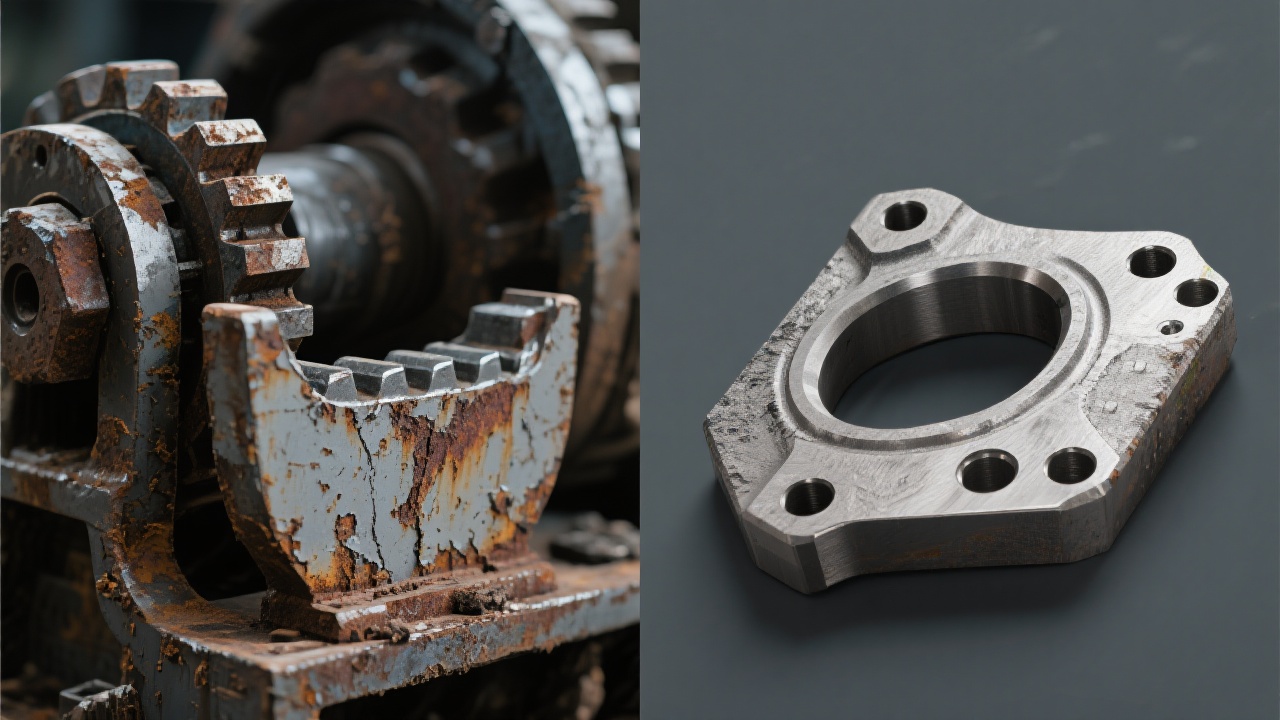
In the mining industry, jaw crushers are widely used for primary crushing of various metal ores, such as iron ore and copper ore. However, the wear and tear of jaw crushers during the crushing process have always been a major concern for mining enterprises. This article will focus on the core causes of jaw crusher wear during the crushing of metal ores and provide targeted solutions.
Several factors can lead to the wear of jaw crushers when dealing with metal ores. High clay content in the ore is one of the main reasons. Ores with high clay content tend to stick to the inner walls of the crusher, causing blockages and increasing the friction between the ore and the crusher components, which accelerates wear. Uneven feeding can also put uneven stress on the crusher, leading to local wear. In addition, improper selection of liner materials can result in rapid wear, as different ores have different hardness and abrasiveness, requiring liners with appropriate properties.

The PEW jaw crusher from Zhengzhou Kuanglian has several structural advantages that can effectively address the above - mentioned problems. Its V - shaped crushing chamber design ensures a more even distribution of the ore during the crushing process, reducing the probability of blockages and uneven wear. The automatic material cleaning device can remove the stuck materials in time, maintaining the smooth operation of the crusher. For example, in a certain iron ore mine, after using the PEW jaw crusher, the wear rate of the crusher components decreased by 30% compared with the previous model, and the production efficiency increased by 20%.
Engineer's Practical Advice: When using the PEW jaw crusher, it is recommended to adjust the feeding speed according to the ore properties to ensure even feeding. At the same time, regularly check the condition of the liner and replace it in time when the wear reaches a certain level.
Early identification of abnormal signals can help prevent serious wear and breakdowns. For example, changes in vibration frequency and current fluctuations can be early signs of problems. In a copper ore crushing project, by monitoring the vibration frequency of the jaw crusher, engineers were able to detect an abnormal increase in vibration, which was caused by a loose liner. By tightening the liner in time, they avoided further damage to the crusher. Another case showed that an abnormal increase in current indicated a blockage in the crushing chamber, and the problem was solved by activating the automatic material cleaning device.
.jpg)
Developing a preventive maintenance plan is crucial for the long - term operation of jaw crushers. This includes regular inspections, lubrication, and replacement of worn - out parts. Moreover, proper training for operators is essential. Well - trained operators can better understand the equipment's operating principles, identify early problems, and perform routine maintenance tasks correctly. For instance, in a mining enterprise, after implementing a preventive maintenance plan and providing comprehensive operator training, the breakdown rate of the jaw crusher decreased by 40%, and the overall production efficiency of the production line increased by 15%.
We invite you to participate in the following interactive discussion. Have you encountered similar problems with jaw crushers in your mining operations? What solutions have you tried? Share your experiences and insights in the comments section below, and let's build a knowledge - sharing community together!
If you want to learn more about the PEW jaw crusher and how it can solve your ore crushing problems, click here for more information.



.jpg?x-oss-process=image/resize,h_800,m_lfit/format,webp)

.jpg?x-oss-process=image/resize,h_800,m_lfit/format,webp)



